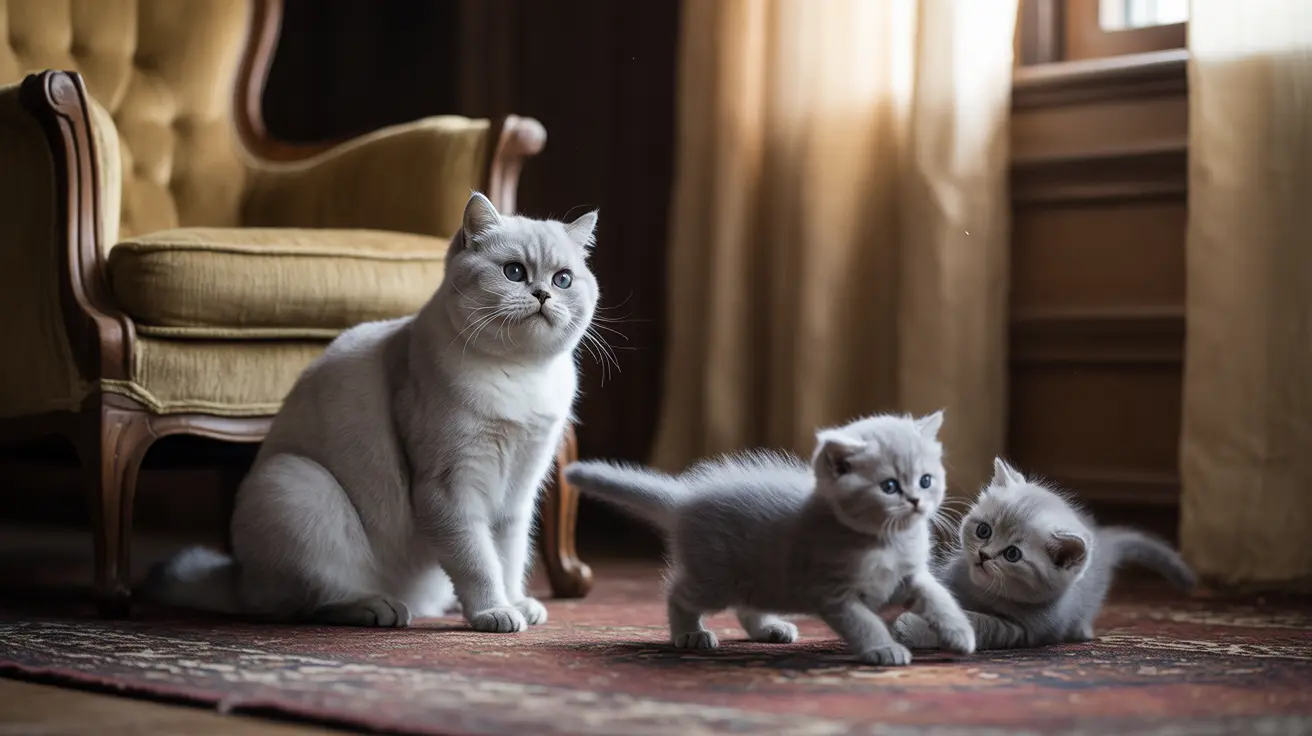Understanding Why Mother Cats Move Their Kittens
Mother cats typically relocate their kittens due to strong protective instincts. The primary reasons include:
- Perceived threats from humans or other pets
- Environmental stressors like loud noises or bright lights
- Unsuitable temperature or comfort levels in the current location
- Natural instinct to protect kittens from predators
- Response to excessive handling or disturbance
Creating the Ideal Nesting Environment
The first step in preventing kitten relocation is establishing a secure, comfortable nesting area:
- Choose a quiet, low-traffic room
- Maintain consistent, warm temperature
- Provide soft, clean bedding
- Ensure dim lighting
- Keep the space free from strong odors
- Position essential resources nearby but not too close
Essential Prevention Strategies
Minimize Disturbances
Reducing stress is crucial in preventing a mother cat from moving her kittens:
- Limit visitor access to the nesting area
- Keep other pets away
- Avoid loud noises and sudden movements
- Maintain a consistent daily routine
- Monitor from a distance rather than hovering nearby
Proper Handling Protocol
Following correct handling procedures can significantly reduce a mother cat's anxiety:
- Wait until kittens are at least 2-3 weeks old before regular handling
- Keep handling sessions brief and gentle
- Always wash hands before touching kittens
- Allow the mother cat to observe handling sessions
- Respect her signals if she shows signs of stress
When to Accept Relocation
Sometimes, it's better to work with rather than against a mother cat's instincts:
- If the new location is safe and appropriate
- When the mother shows extreme stress in the original location
- If the new spot actually offers better protection
- When attempting to prevent moves causes more stress than allowing them
Frequently Asked Questions
Why does my mother cat keep moving her kittens to different spots?
Mother cats typically move their kittens when they feel the current location is unsafe, too exposed, or uncomfortable. This can be triggered by noise, frequent disturbances, or unfamiliar scents in the environment.
How can I stop my cat from moving her kittens repeatedly?
Create a quiet, secure nesting area away from household traffic, maintain consistent temperature and lighting, minimize handling, and keep other pets away from the nesting space.
What environment is best to prevent a mother cat from relocating her kittens?
A warm, quiet, dimly lit space with soft bedding, away from foot traffic and other pets. The area should be draft-free and have nearby access to food, water, and a litter box.
When should I limit handling the kittens to avoid stressing the mother cat?
Minimize handling during the first 2-3 weeks of life, only touching kittens when necessary for health checks. After this period, gradually increase handling time while monitoring the mother's reaction.
How do I make the nesting area more appealing to keep my cat from moving her litter?
Provide clean, soft bedding, maintain optimal temperature, ensure privacy with a partially covered nesting box, and keep the area clean and free from disturbances.
By implementing these strategies and understanding your mother cat's needs, you can create an environment where she feels secure enough to keep her kittens in one safe location. Remember that some movement is natural, and working with your cat's instincts rather than against them often leads to the best outcomes for both mother and kittens.






